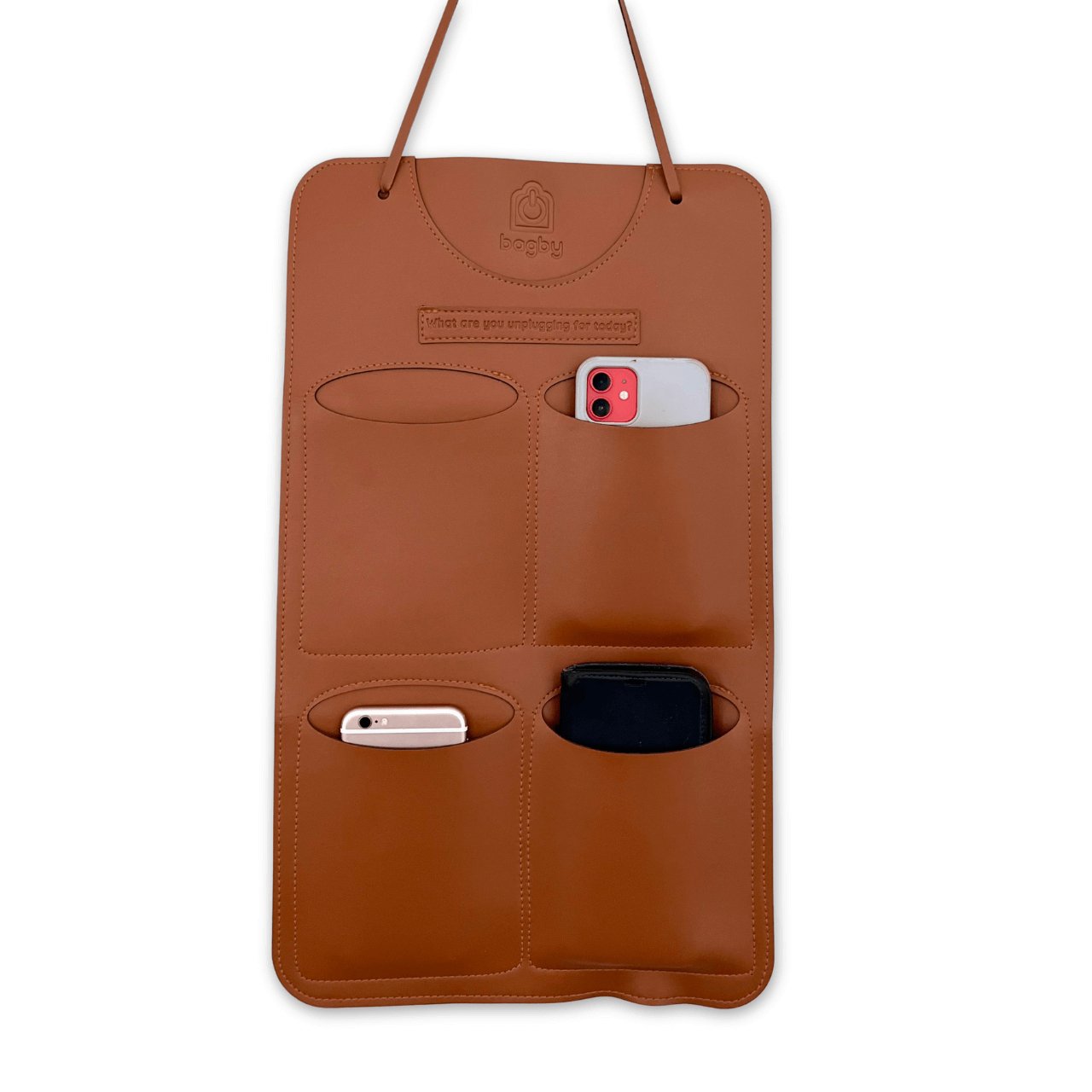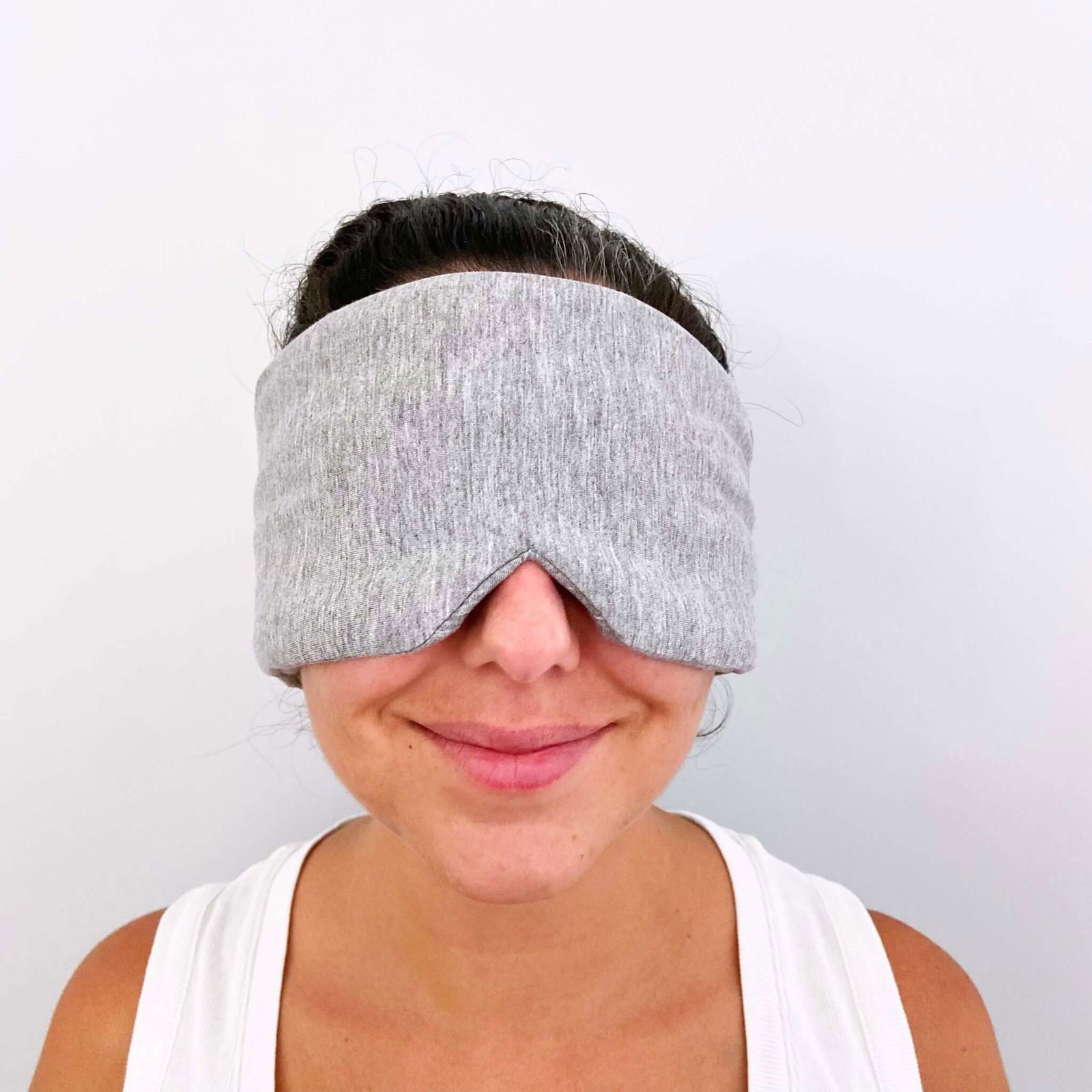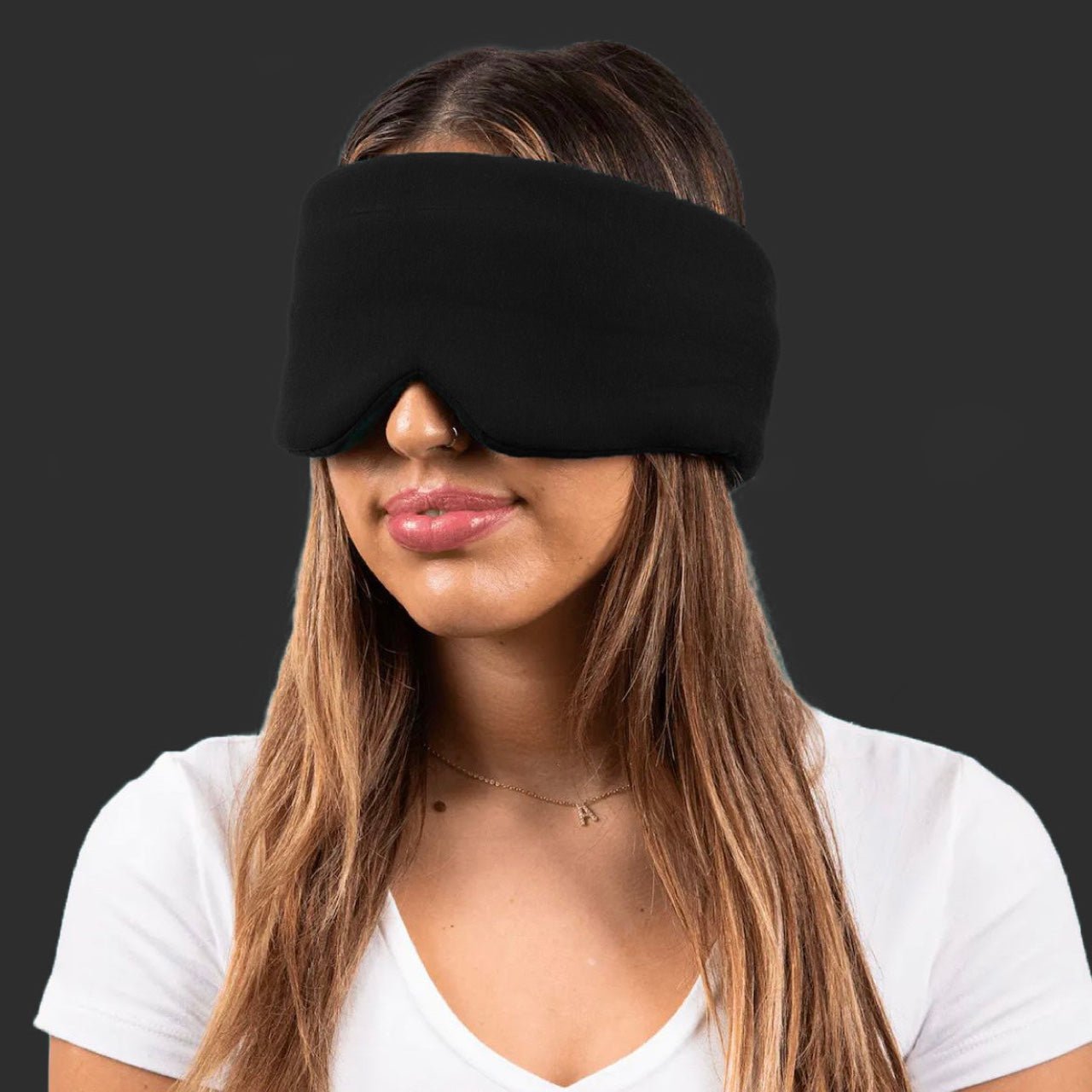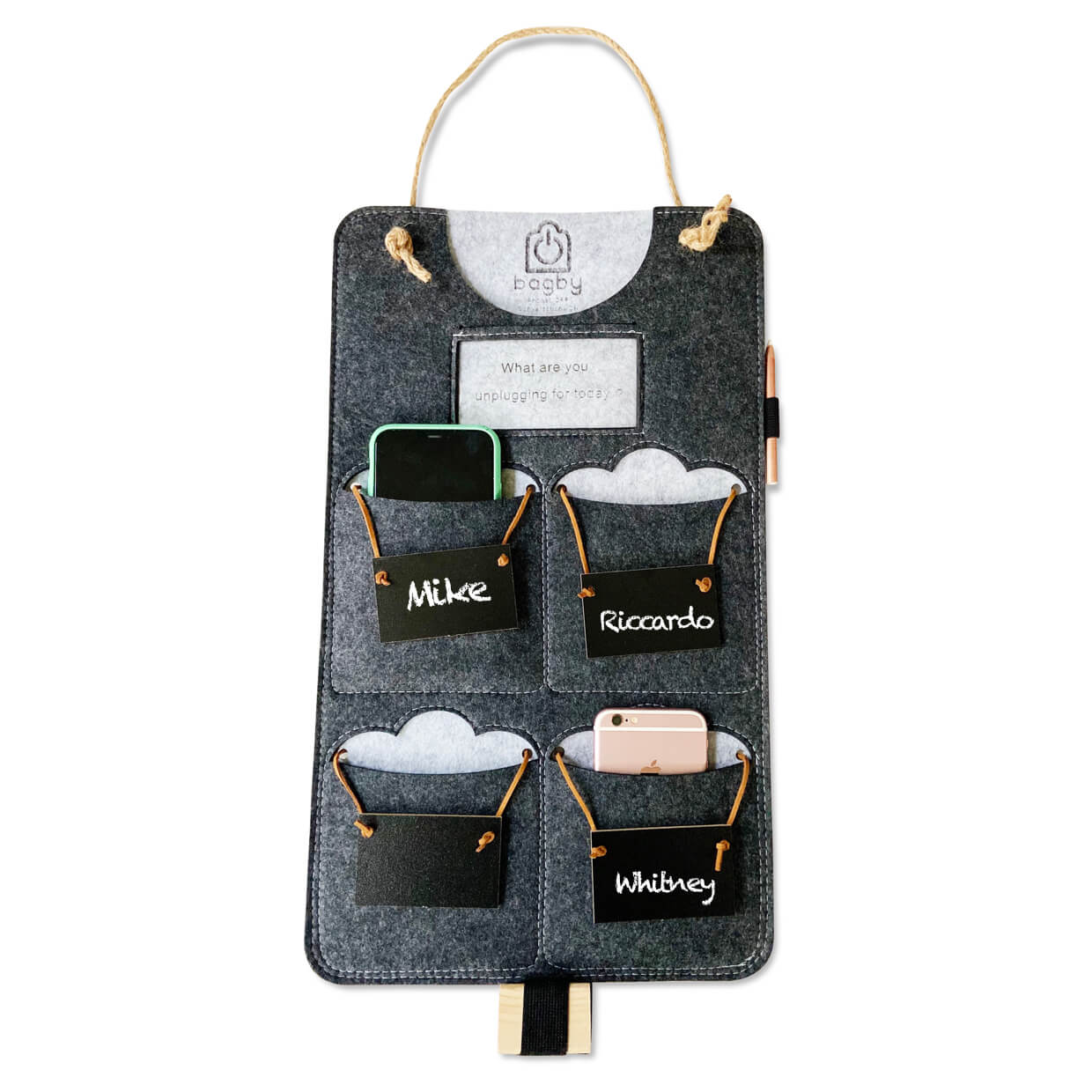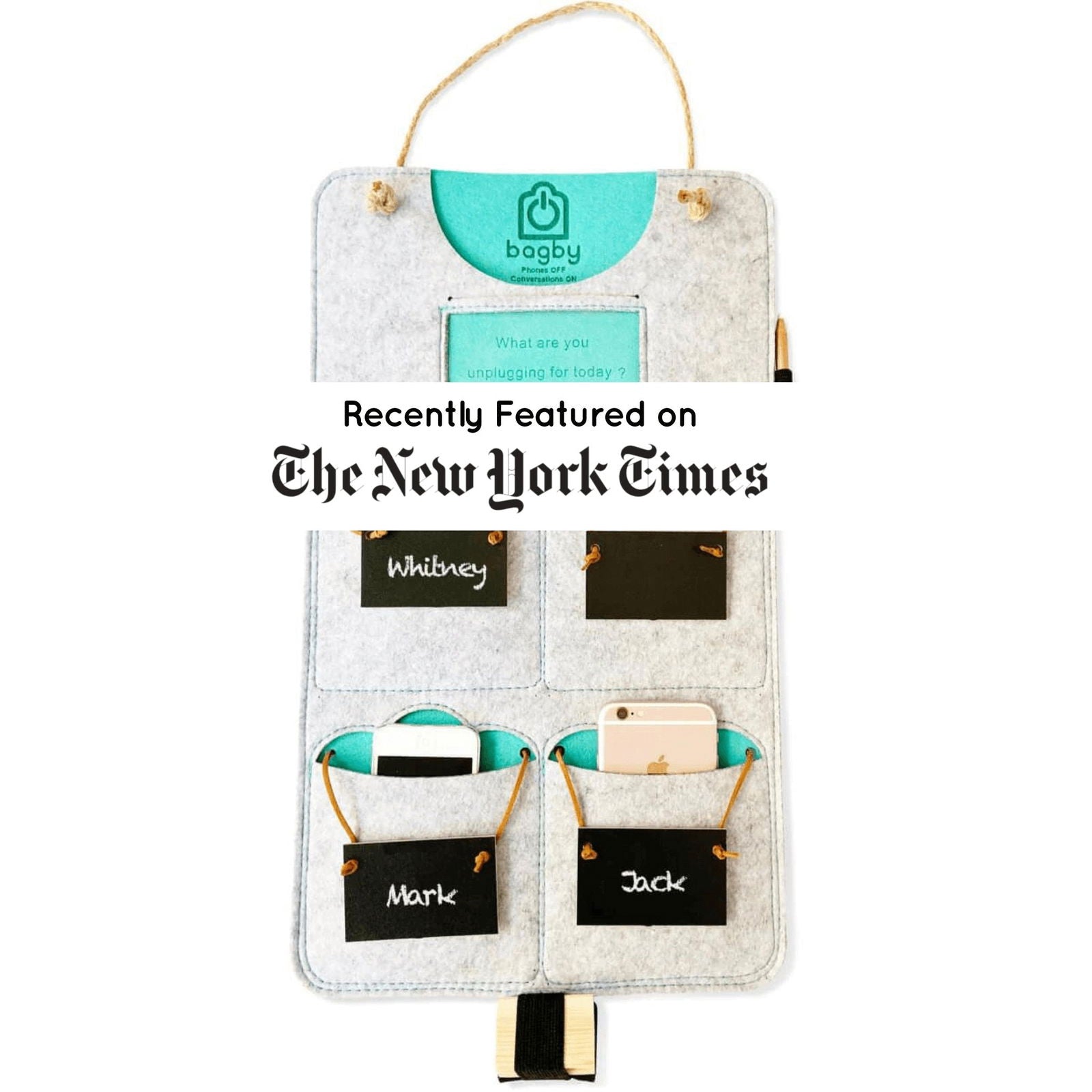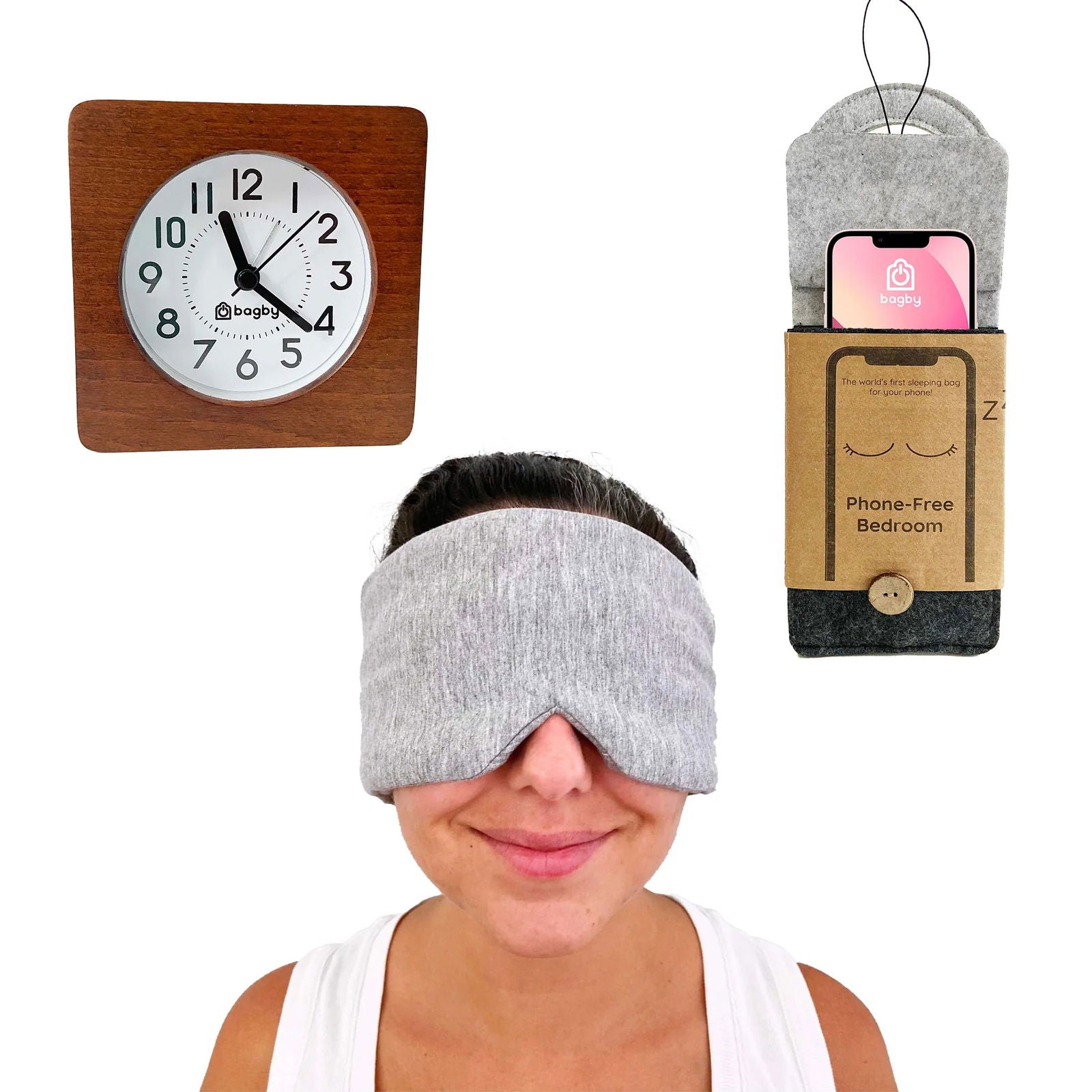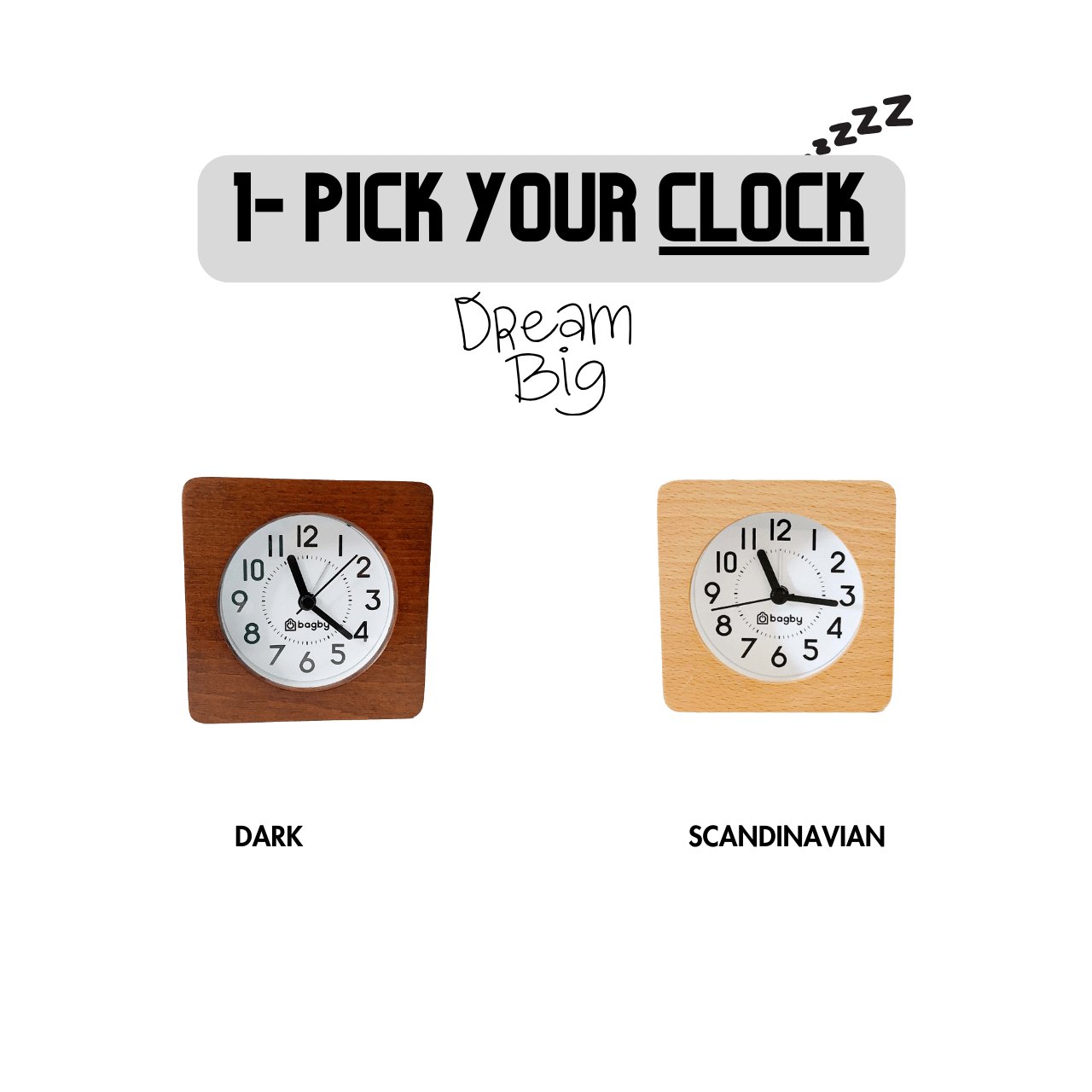To capture moments with a camera, or enjoy them with your own eyes? This has apparently become quite a conundrum in the modern world. But what if you had something that let you do both at the same time? On September 9, 2021, Facebook CEO Mark Zuckerberg unveiled the new “Ray-Ban Stories” smart glasses. With these, you can capture images and videos right through your glasses while still enjoying the moment with your own eyes.
This futuristic technology comes to us from the unexpected collaboration of Facebook and Ray-Ban, two world-renowned companies heavily involved in driving pop culture.
So, what exactly is Ray-Ban Stories, and how does it work?
What are Ray-Ban Stories?
Ray-Ban Stories are basically a combination of eyeglasses, a camera, and a Bluetooth headset.
Developed through a collaboration between Facebook and Ray-Ban, these glasses let you capture photos and videos without a phone or a camera. Besides that, Ray-Ban Stories also work as a Bluetooth headset. You can take calls and listen to music and podcasts right from your eyeglasses.

Although they feel highly futuristic, this technology is not new. In 2013, Google launched their new smart glasses called Google Glass, which – as the tech industry predicted – didn’t see much success.
Why Did Google Glass Fail?
The first and probably the most important reason is that Google Glass didn’t solve any real problem. The big idea behind this product was that you could take pictures and search for information quickly on the internet. And if we take a closer look at it, these weren't such big problems for people that they were willing to pay the huge $1,500 price tag that came with the glasses. After all, most of us already have a smartphone in our pocket.
Beyond that, there were several other issues with Google Glass, like overheating, not properly responding to accents other than native English, and an extremely short battery backup. Today, Google Glass is not available to the public.
So, what makes Ray-Ban Stories different? Isn’t there a high probability of them failing just like Google Glass?
Are Ray-Ban Stories Different?
I think we can all agree on the fact that Facebook made a smart move collaborating with Ray-Ban.
Ray-Ban has been around since the mid-1950s, and it has been a significant part of pop culture for many generations. So, style is a huge factor, which Ray-Ban has got covered.
Secondly, these smart glasses don’t come with a gigantic price tag.
And finally, Ray-Ban Stories allow prescription lenses to be fitted into the smart glass frame. This means people can use them for everyday wear, with the added functionality.
But if we look at the other side of the coin, the added features are also a huge disadvantage. Let me explain.
The Problem with Ray-Ban Stories
Ray-Ban Stories contain Bluetooth and WiFi functionality. This means they have to emit large amounts of EMF radiation to communicate with the source.
Now, this wouldn’t be a huge problem if they only had WiFi, and you could just use it to upload images and videos to Facebook’s cloud at the end of the day. But they have Bluetooth connectivity too, and it’s a huge concern. Why?
Bluetooth devices emit the same kind of EMF that your cell phone, microwave, smart meter, and WiFi router emit. And since your glasses will be connected to your phone’s Bluetooth most of the time, you’ll be continuously receiving its EMF emissions. Visit my post “Are Bluetooth Headphones Safe?” for more information on Bluetooth and its health effects.
With headphones, you can take them off and put them in a bag anytime you like, but it’s not the same with prescription glasses.
Wearing them all day is not a matter of choice. And with smart glasses, you’ll most likely keep them connected to your phone. And exposing yourself – especially your brain – to that much EMF and for that long a time can result in severe EMF-induced health problems.
Besides that, your eyes are also particularly vulnerable to damage from EMF exposure. So, when you wear smart glasses all day, their EMF emissions can cause damage to your eyes.
Let’s have a look at how much EMF Facebook’s Ray-Ban Stories emit, so we can try and assess the gravity of the problem.
Ray-Ban Stories EMF Emissions
You might be familiar with the term ‘SAR’ or Specific Absorption Rate. It’s a unit of testing how much EMF your body will absorb while using an electronic device. Governments worldwide have set SAR guidelines that electronics manufacturers have to comply with to sell their products.
This is a super useful metric, at least in theory. After all, who wouldn’t want to know how much EMF they're receiving from their gadgets and the health risks of going above the government-set limits?
But the problem is SAR doesn’t measure that at all.
It doesn’t measure how much EMF you receive from your gadget; instead, it measures how much EMF a mannequin called SAM receives from the said gadget.
SAM, or Specific Anthropomorphic Mannequin, is a special mannequin that is a replica of a 6’2” (1.88 meters) and 220 lbs. (99.7 kg) man. Do you know what that means? SAM is bigger and heavier than 97% of the population.
Even if the manufacturers comply with government-set guidelines, 97% of the population will absorb significantly more EMF than SAM. You can learn more about what experts say about SAR in my post, “SAR—The Unsafe Safety Limit.”
With that said, Specific Absorption Rate (SAR) found during testing for Ray-Ban Stories are as follows.
W/Kg = Watts Per Kilogram
| Highest 1g SAR Summary | |||
| Equipment Class | Frequency Band | Head (Separation 0mm) | |
| 1g SAR (W/kg) | |||
| DTS | WiFi | 2.4 GHz WLAN | 1.11 |
| NII | 5 GHz WLAN | 1.20 | |
| DSS | Bluetooth | 2.4 GHz Bluetooth | 0.76 |
| Highest 10 g SAR Summary | |||
| Equipment Class | Frequency Band | Head (Separation 0mm) | |
| 10g SAR (W/kg) | |||
| DTS | WiFi | 2.4 GHz WLAN | 0.55 |
| NII | 5 GHz WLAN | 0.39 | |
| DSS | Bluetooth | 2.4 GHz Bluetooth | 0.26 |
So, Are Ray-Ban Stories Safe?
Before moving forward, here are some more facts about SAR limits:
- The SAR limit set by the FCC/IC is 1.6 W/kg averaged over 1 gram of actual tissue.
- The SAR limit recommended by the Council of the European Union is 2.0W/kg, averaged over 10 g of actual tissue.
So, assuming that these safety limits are accurate, which many experts disagree with, by the way, what we can (only) say is that products within these limits are safe for someone with a 6’2” height and who weighs more than 220 Lbs. So, the question is, what if you’re not that big or heavy?
Let’s take it a bit further and say, what does this mean for children who are significantly smaller than SAM?
These are some of the questions that the SAR limit setters have never answered. And, I don’t think these questions will be answered anytime soon. In the meantime, research studies have shown that EMF-induced health problems begin way below the SAR limits.
Ray-Ban Stories’ SAR with The Health Fx App
If we look at our current SAR guidelines, Ray-Ban Stories smart glasses lie below the legal limits. And that means there’s no problem in (legally) selling this product to the public. But, let’s have a look at what the science says.
We recently developed an app where you can enter your EMF meter readings, and it will give you a list of research papers showing the EMF-induced health problems associated with that measurement level. In short, it simplifies your EMF meter readings to something that you can actually understand.
You can use this app for free; just visit ShieldYourBody.com/Fx. Or learn more about it in our “Health Fx App” post.
So, with the help of this app, we’ll check out if the EMF you’ll be absorbing from Ray-Ban Stories is actually safe.
Lab results show that you absorb 1.11 W/Kg of EMF when Ray-Ban Stories is connected to 2.4 GHz WiFi. Let’s enter that number in the Health Fx App.

The Health Fx App found hundreds of research studies showing health effects at or below 1.11 W/Kg SAR. The effects include blood-related problems, DNA damage, brain problems, cardiovascular diseases, and more.
Let’s check for Bluetooth in the 2.4 GHz frequency band. The SAR when Bluetooth is connected on Ray-Ban Stories is 0.76.

The app found 153 studies showing neurological and physiological health problems in 0.76 or below the SAR value.
Again, you can check this by yourself for free on our SYB Health Effects App.
Besides SAR
The only argument that the tech industry has around EMF from electronic gadgets and network sources being safe is that non-ionizing radiation is not powerful enough to cause thermal effects.
If you’re unfamiliar with these terms, ionizing and non-ionizing radiation are categories of EMFs based on their power. X-rays, gamma rays, and nuclear radiation come under the ionizing section of the electromagnetic spectrum. And everything else, ranging from utility poles to some forms of visible light, fall under the non-ionizing section.
Our current SAR guidelines also rely heavily on the thermal effects of EMF to assess the health risks associated with electronic gadgets.
Although it’s true that non-ionizing EMF from electronic gadgets and network sources doesn’t have enough power to heat your bodily tissue, that doesn’t mean it has no health effects.
A growing body of scientific research studies says that constant exposure to non-ionizing EMF causes problems ranging from minor sleep disorders to chronic diseases like cancer. Have a look at some of the non-ionizing EMF-induced health problems per research studies.
Immunity Problems
Your immune system plays a crucial role in fighting off foreign pathogens and preventing them from harming your body. Without a properly functioning immune system, a human body can’t stay alive for long. And even if immune issues aren't fatal, they will cause serious problems that significantly reduce an individual’s quality of life.
Research studies have found that exposing your body to EMF for a long time disturbs your immune system’s functioning. This results in your immune system sometimes under-reacting to threats and sometimes overreacting and killing the good bacteria inside our bodies.
Here are some health problems that a disturbed immune system causes:
- Immunosuppression
- Autoimmune diseases
- Allergies
- Disease overgrowth, and more
Read my post on the immune system for more information.
DNA Damage
In May 2004, Drs. Lai and Singh published a groundbreaking study that confirmed the link between prolonged EMF exposure and DNA damage.
They did a series of experiments between 1994 and 1998 to determine if the supposedly “safe” doses of non-ionizing EMF radiation caused DNA damage.
So, what exactly is DNA damage?
Per researchers Kaufmann and Paules: “DNA damage is defined as an alteration in DNA structure that is capable of causing cellular injury and reduces viability or reproductive fitness of the organism.”
In simple words, human DNA contains two strands, which contain information passed down from generations. If there’s damage to it, the individual will suffer from a range of problems, including unnatural cell death, premature aging, and inability to reproduce. I’ve explained this in-depth in my “Health Risks of Cell Phones” post. So, give it a read.
Lai & Singh found that “Exposure to a 60-Hz magnetic field may initiate an iron-mediated process that increases free radical formation in brain cells, leading to DNA strand breaks and cell death.”
The same duo in another study found that EMF-induced DNA damage begins after two hours of exposure. Imagine what a full day of exposure, and that too daily, from Ray-Ban Stories can do.
As well, SAR guidelines completely ignore the duration of exposure, which is a huge factor when we’re talking about EMF-induced health problems. The way these regulations are designed suggest that talking on a phone for five minutes, and talking on that same phone for two hours have the same health risk. This is also one of the reasons why many EMF experts don’t trust SAR limits to be safe for the general population, and why SAR is such a misleading safety metric for devices – like these glasses – that are specifically and intentionally designed to be worn for hours at a time.
Neurological Problems
Researchers from Lund University, Sweden, studied EMF’s effect on the blood-brain-barrier for ten years. Their study found that constant EMF exposure from common sources like cell phones, laptops, tablets, WiFi routers, and smart meters loosens the blood-brain barrier’s integrity.
The blood-brain barrier, or BBB, is a wall that keeps unnecessary fluids away from your brain. If it’s not functioning as it’s supposed to, fluids like albumin can easily enter the brain, leading to problems like epilepsy and multiple sclerosis.
Besides weakening your BBB, EMF exposure has also been known to cause other neurological problems like:
- Impaired learning and memory
- Constant migraines
- Massive changes in sleep habits
- And neurological cognitive disorders like dizziness, tremors, depressive symptoms, loss of concentration, and loss of memory.
Electro Hypersensitivity
Electro Hypersensitivity (EHS), contrary to what some people think, is not a neuropsychiatric problem. It’s a physiological condition in which the sufferer experiences allergy-like symptoms when exposed to EMF.
Also known as WiFi allergies, this condition heavily deteriorates an individual’s quality of life and renders them unable to perform most day-to-day activities.
I’ve already written a separate post on EHS, containing in-depth information about EHS and ways to alleviate its symptoms. So do give it a read.
And more…
EMF’s health effects don’t end here. As our bodies aren’t evolved to face the amount of EMF that we’re exposed to today, we can develop a range of problems. And children are even more vulnerable to EMF-induced health problems because of their size and underdeveloped bodily systems.
You may learn more about it by visiting my “EMF Health Effects” page.
Ray-Ban Stories & EMF: What Can You Do?
Here’s one thing I want you to ask yourself: “Is buying a pair of Ray-Ban Stories necessary?”
Buying a new tech gadget means that you’re adding a new source of EMF to your life. So, it’s only fair to ask if the thing you’re buying is worth the added exposure.
But I also understand the tech enthusiasm most people have. And if you’re excited to get a new pair of these smart glasses, I won’t say don’t buy them. SYB’s mission is not to eliminate technology from your life but to make tech safer for you to use and enjoy.
The good thing I noticed about Ray-Ban Stories is that they have a switch-off button. Once you hit that, you’ve got no connection, no digital features; they become a normal pair of glasses. If you get these glasses, make sure to use that button when you’re not taking a picture or a video.
Also, it would be better to avoid using the Bluetooth audio feature as much as you can.
You can also visit my “Healthy Living Tips” page for more tips on mitigating your EMF exposure and living a healthy life without quitting the convenience of technology.
November 2021 Update: Amazon Catching Up in the Smart Glasses Race
Just two months after the successful launch of Ray-Ban Stories, Amazon has started shipping their own range of smart glasses called the Echo Frames.

On December 10, 2020, Amazon announced their own Alexa-powered smart glasses and made them available for pre-order. Finally, after one year of waiting, customers will be able to enjoy their long-awaited Echo Frames.
But what’s so special about Echo Frames? Are they any different from Ray-Ban Stories?
Full-Fledged Virtual Assistant
Since none of these glasses feature AR tech, their audio recognition technology stands as a virtual half-step in that direction.
For example, with Ray-Ban Stories, you can use the “Hey Facebook” command to trigger functions like hands-free image and video capturing. Echo Frames can do that too, as well as much more.
Amazon has been in the AI business for a long time now, and they have state-of-the-art voice recognition technology. On the other hand, Facebook is still new at this. So, naturally, Amazon will have the upper hand when it comes to using your voice.
Besides capturing images and videos using your voice, Echo Frames also let you control your Alexa-dependent devices and services.
For instance, you can tell your smart glasses to read the news for you, remind you of something, change songs, or add things to your shopping list.
They can do everything an Echo Dot can. And on top of that, you can take them with you everywhere you go.
Blue-Light Filter Lenses
This is the feature I liked most about Amazon’s Echo Frames. One version of the product has blue light filter lenses.
If you don’t know why blue light filtering is important, I’ve written a separate post explaining blue light in-depth, its health concerns, and how to protect yourself. So, give it a read.
This is also one of the things that make Echo Frames slightly better than Ray-Ban Stories or many other smart glasses on the market.
But does adding blue light filter lenses make these glasses any safer?
Well, they’ll shield you from blue light from your other tech, but this feature does not do anything to mitigate the EMF risk from the device itself.
Apple Working on New Smart Glasses? 2021 AR headset Rumors
With all the big companies diving into the smart glasses market, Apple, too, does not want to fall behind the curve. According to a noted analyst Ming-Chi Kuo, Apple is set to launch its in-house version of smart glasses in the final three months of 2022.
Rumor has it, this headset is going to be Apple’s successor to the iPhone, as it’s said to have similar computing power as the M1 chip (used in the new MacBook line), as well as lined with the modern AR technology.
So, if that’s true, Apple’s new AR headsets are not just going to be a slightly updated version of smart glasses currently available in the market. It will be a much more sophisticated device with the potential to replace smartphones completely.
Nreal On the Other Hand
While Apple is still working on its futuristic AR glasses, a Chinese company named Nreal, in partnership with Verizon, has already started rolling out smart glasses with the augmented reality feature.
These glasses have inbuilt display screens to show you moving videos and images. And the best part is, because of its AR technology, you’ll feel like you’re watching them in the real world.
Besides that, Nreal glasses also have two outward-facing cameras with precise sensors that let them scan the space around you and place things like screens or game boards on the surfaces. A concept similar to Mark Zuckerberg’s vision with Ray-Ban Stories.
And besides these, you can also use most of your cell phone applications right through your AR glasses by mirroring your screen. Simply plug your phone into your glasses, and you’re good to go.
Not That Different…
Amazon’s Echo Frames, Apple’s AR Headsets, Nreal’s AR Glasses, or Facebook’s Ray-Ban Stories, all of these devices rely on wireless technology to provide you with their fancy features and services. This means their EMF emissions will be the same as well as the EMF-induced health effects.
So, even though they have different designs and pack different features, at their core, they’re not that different.
Final Thoughts
The way Ray-Ban Stories are designed is truly a technological feat.
“We believe that this is an important step on the road to developing the ultimate augmented reality glasses,” says Mark Zuckerberg, Founder and CEO of Facebook Inc. “Now, there’s a lot of technology that still needs to be developed and miniaturized to deliver the AR glasses that we all envisioned for the future. Imagine seeing holograms, turn-by-turn directions, or being able to play chess on a table in front of you with your loved one 3000 miles away, right from your glasses. With future AR glasses, you’re going to be able to share more experiences together.”
With all these major companies releasing attractive wearable tech glasses, we’ve certainly come a long way from the flop of Google Glass. And it seems all but certain that a significant portion of consumers will purchase and wear these devices.
And, it will take years– quite likely decades– to determine the health impact on the population.
In the meantime, I strongly discourage people from purchasing and using wireless-emitting wearable technology – especially those designed to be mounted directly on the head, in immediate proximity of the brain and eyes.
I discuss this topic, and more, in greater depth in “The Healthier Tech Podcast,” where experts from the EMF and medical industry share what they’ve learned about building a healthier relationship with technology.
We’re available on all major platforms, and you can tune in today for free.







